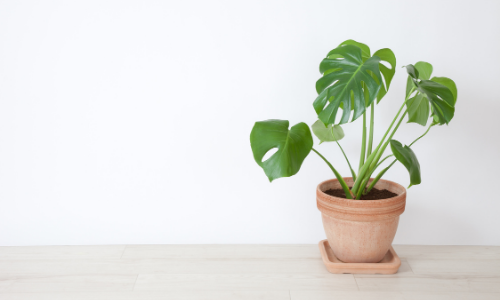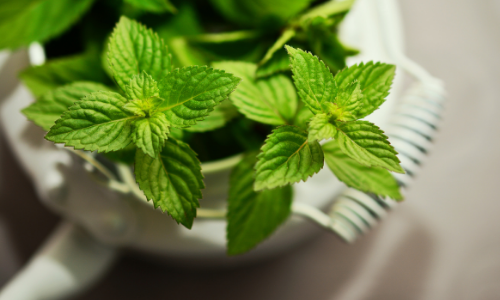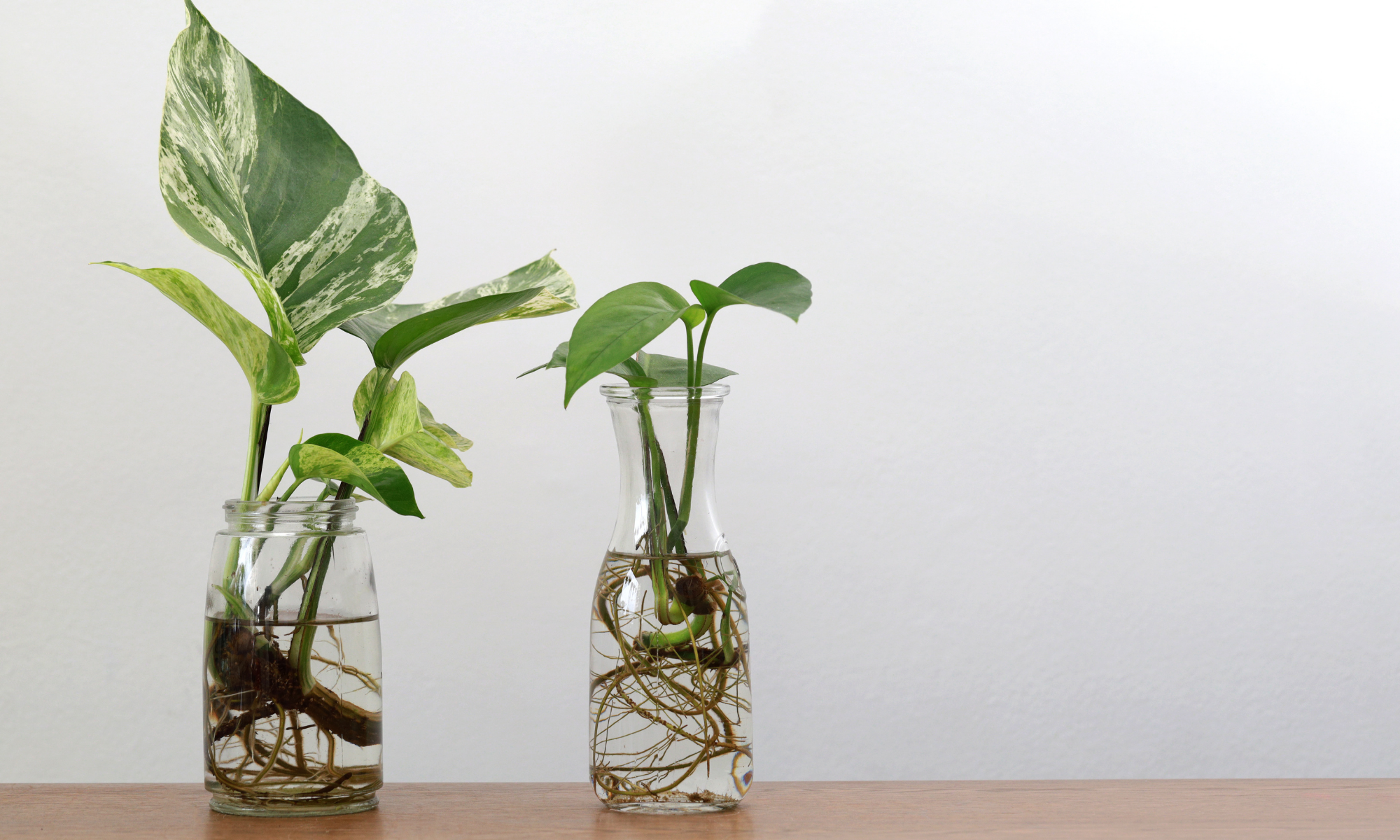How to Propagate Monstera Plants
Monstera plants are known for their beautiful leaves, and have been gaining popularity lately in the indoor plant industry. Propagating a monstera can be a fun way to increase the number of plants you have. Propagated monsteras area also great gifts for friends too! What…









